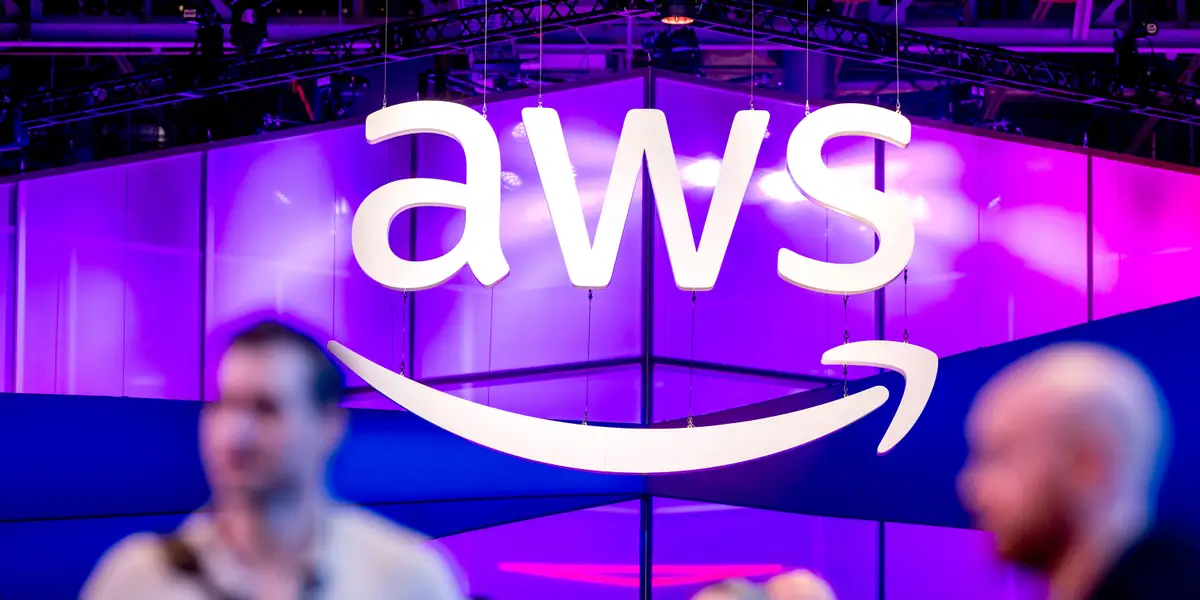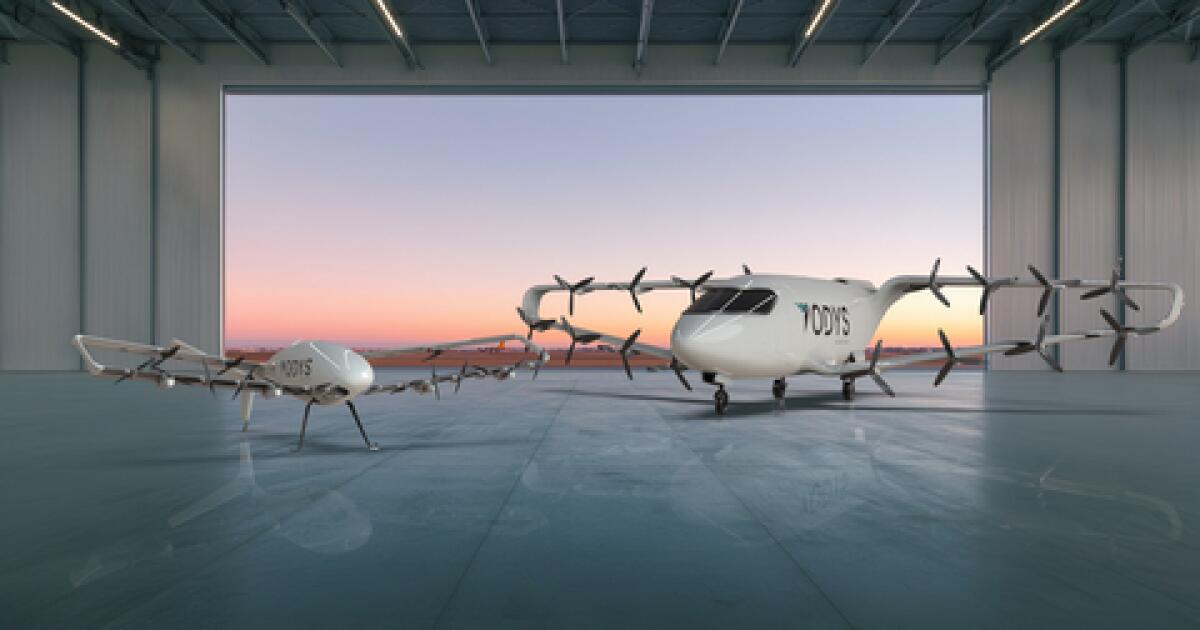Copyright Fortune

Email marketing tools, customer data and automation platforms, and social media and campaign management systems are all examples of martech. Their use and configuration vary by industry, Robert Tas, a partner at McKinsey & Company, told me. “For instance, in financial services, you’ll find risk compliance tools integrated into marketing,” he noted. In 2023, the global martech market was valued at $131 billion and is projected to grow at a 13.3% compound annual growth rate to surpass $215 billion by 2027—nearly doubling in five years, according to McKinsey’s new report Rewiring Martech: From Cost Center to Growth Engine. Despite rapid growth, many marketers remain in the early stages of maturity—focused on automating legacy processes and struggling to measure ROI. The findings are based on a survey of more than 200 senior marketing and technology leaders at companies with over $500 million in revenue, each spending more than $500,000 annually on martech and adtech. Companies run campaigns and the tools work—to a point, Tas said. But too often, millions are spent without understanding their direct business impact or how newer AI-driven tools could enhance performance, he said. According to Tas, duplication across stacks is rampant. “Companies end up paying twice for tools that serve the same purpose,” he said. Often, teams lack alignment on which tools to keep or retire. Most Fortune 500 companies already use personalization tools, journey optimizers, and customer decisioning platforms, McKinsey found. Yet almost half of martech leaders cite stack complexity and poor data integration as major barriers to realizing value—and key obstacles to achieving a unified identity strategy. Another key finding: None of the 50-plus senior marketing leaders McKinsey interviewed could clearly articulate the ROI of their martech investments. Instead of tying outcomes to revenue, customer lifetime value, or business growth, most track operational metrics—email sends, open rates, impressions, and reach. Many companies also fail to plan for training and implementation. “Years later, they’re still fixing data pipelines and enablement gaps that should have been addressed from the start,” Tas said. “What we don’t see is rationalization of the martech investment from a total cost of ownership perspective, and managing it as a CFO would,” Tas added. Placing martech in the company-wide strategy The AI revolution offers a rare second chance, according to McKinsey. With the right approach, companies can reposition martech as a strategic enterprise asset—sponsored by the C-suite, integrated into business strategy, and backed by governance and skilled talent. To achieve this, CMOs must advocate for martech funding, training, and use-case development—elevating the function to the executive agenda. Many CMOs focus more on media than technology, with martech budgets often falling under IT instead of marketing, Tas said. Some CMOs already link marketing closely to business strategy and financial outcomes. For example, this past summer, I spoke with AT&T’s Kellyn Smith Kenny, chief marketing and growth officer, and Pascal Desroches, senior EVP and CFO. “In my bones and in my DNA, I’m always thinking about how any marketing investment will drive the company’s financial performance,” Kenny said. “Organizations need accountability for martech investments—just as they would for building a new [manufacturing] plant,” Tas said. Finance leaders will play a key role. “You need the CFO and, ideally, an executive tied to revenue to drive martech transformation that moves the business forward,” he said. As CFOs take lead roles in companywide AI strategies, they could help reshape the martech stack itself. McKinsey predicts AI will reshape martech stacks by adding an agentic orchestration layer that breaks down silos, improves customer experience, and fuels growth. Sheryl Estrada sheryl.estrada@fortune.com ***Upcoming Event: Join us for our next Emerging CFO webinar, Optimizing for a Human-Machine Workforce, presented in partnership with Workday, on Nov. 13 from 11 a.m. to 12 p.m. ET. We’ll explore how leading CFOs are rethinking the future of work in the age of agentic AI—including when to deploy AI agents to accelerate automation, how to balance ROI tradeoffs between human and digital talent, and the upskilling strategies CFOs are applying to optimize their workforces for the future. You can register here. Email us at CFOCollaborative@Fortune.com with any questions. Leaderboard Big Deal There’s a new web browser in town. Tech giant OpenAI unveiled ChatGPT Atlas on Tuesday—a browser that infuses generative AI capabilities throughout the user experience. OpenAI stated in its announcement: “AI gives us a rare moment to rethink what it means to use the web. Last year, we added search in ChatGPT so users could instantly find timely information from across the internet—and it quickly became one of our most-used features. But your browser is where all of your work, tools, and context come together. A browser built with ChatGPT takes us closer to a true super-assistant that understands your world and helps you achieve your goals.” ChatGPT Atlas represents a challenge to Google not only as a web browser but also as a potential alternative to the company’s core search engine, writes Fortune Tech Editor Alexei Oreskovic. “The Atlas browser ‘home page’ looks similar to the Google search home page, except that the box at the center of the white page is for interacting with the ChatGPT AI bot rather than the Google search engine,” he notes. You can read more of Oreskovic’s analysis here. Going deeper Kiteworks’ inaugural Data Security and Compliance Risk: MFT Security Report finds a fundamental disconnect: While companies invest heavily in perimeter defenses, their file transfer systems remain dangerously exposed. The data shows three critical gaps driving the 59% incident rate across surveyed organizations: encryption disconnect, security monitoring blindness, and architectural fragmentation. Overheard



